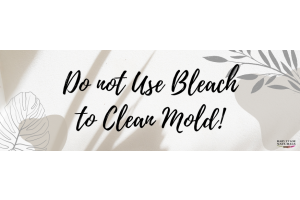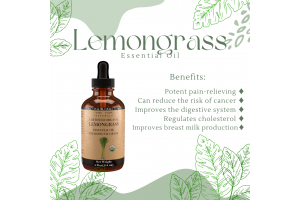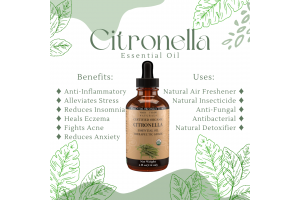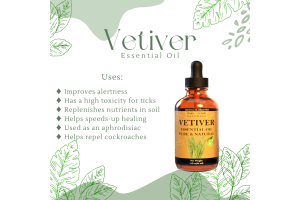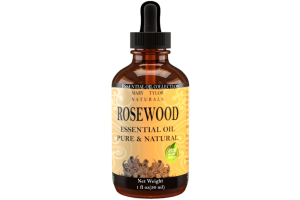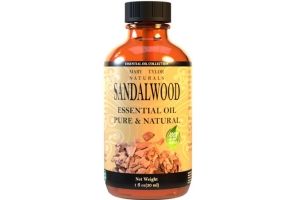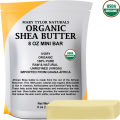What are Terpenes?
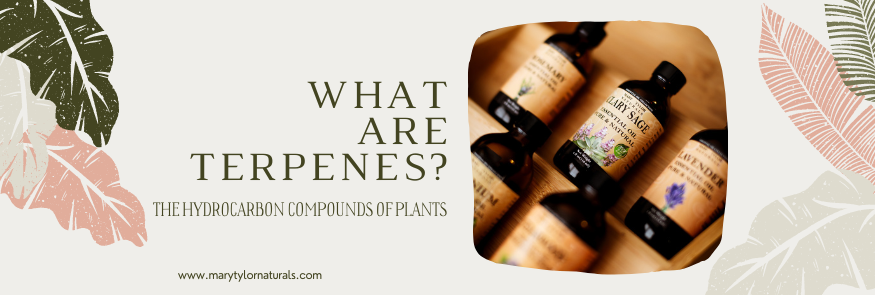
Terpenes:
What are terpenes? To a botanist, terpenes are the essential oils (and oleoresins) of plants; the aromatic organic hydrocarbon compounds. These aromatic compounds are what create the signature scent of many plants, such as: cannabis, clove, lavender, pine, and orange peel. Many people associate terpenes with only Cannabis, however that is such a narrow view of these incredible compounds that are capable of amazing affects in the body. Terpenes have a vital role in plants; some attract pollinators, some repel predators, and others help the plant to recover from damage.
Beta-Caryophyllene:
Beta-Caryophyllene is an anti-inflammatory terpene found in many herbs and vegetables, such as cloves and black pepper. One study shows it is able to reduce pain from inflammatory and nerve pain. Researchers have found no signs of developing a tolerance to the analgesic and anti-inflammatory effects that can help long-term chronic pain. Beta-caryophyllene is also known to have the following properties: antifungal, antibacterial, antiseptic, anti-diabetic, gastro-protective, antioxidant, reduces anxiety, causes drowsiness, reduces pain, anti-tumor, relieves IBS (inflammatory bowel disease), combats auto-immune disorders.
Eucalyptol:
Eucalyptol is found in sweet basil, tea tree, eucalyptus, rosemary, cannabis, and sage. It has a fresh, minty scent profile with a slight spicy, cooling flavor. Eucalyptol can be used in cough drops, mouthwash, body treatments, massages, and facials. It can be used to help improve cognitive function by reducing the signs of inflammation in the brain. Eucalyptol lowers the levels of proinflammatory cytokines, suggesting protective effects on inflammation in neurodegenerative disease. Eucalyptol is also known to have the following properties: anti-bacterial, antifungal, and pain relief.
Humulene:
The terpene humulene is a key component of the hop plant, as well as clove and ginger. One study, notes that humulene, among other terpenes have the potential in preventing allergic reactions and asthma. Humulene has been found to reduce allergic inflammation in the airways. Humulene is also known to have the following properties: relieves pain, anti-inflammatory, anti-cancer, suppresses appetite, improves transdermal absorption, antibacterial.
Limonene:
The citrusy smell of lemons and oranges come from Limonene. Energizing while also alleviating stress and anxiety, limonene is a common terpene that has the following therapeutic properties: anti-inflammatory, antioxidant, antiviral, antidiabetic, and anticancer. It appears to modulate the way certain immune cells behave, which may protect the body from a range of disorders. Limonene is also known to have the following properties: antibacterial, anti-fungal, reduce the risk of heart disease, reduce appetite, gastro-protective, and improves absorption through the blood-brain barrier.
Linalool:
Lavender’s calming effect comes from the terpene Linalool. In a study, linalool has been shown to affect the body in a variety of ways include: anti-inflammatory, antimicrobial, neuroprotective, antidepressant, anticancer, and anti-anxiety. Linalool is also known to have the following properties: antipsychotic, causes drowsiness, relieves depression,
Myrcene:
Found in hops, lemongrass, and thyme. Calming with relaxing effects. One study has found myrcene helpful in protecting the brain from oxidative damage following a stroke. Another study has found myrcene had similar protective effects in hear tissue. Myrcene is also known to have the following properties: causes drowsiness, relieves depression, reduces pain, antispasmodic, anti-inflammatory, anti-tumor, anti-diabetic, improves transdermal absorption, antibiotic.
Alpha-Pinene:
The fresh scent of pine needles, rosemary, and basil have their characteristic scent from the terpene of Pinene. It’s calming while also helping with pain reduction, anxiety, and inflammation. This is why Shirin-yoku, “forest bathing”, a Japanese therapy of leisurely walking in the forest, just soaking up the atmosphere is utilized as a preventive and restorative form of therapy. Pinene acts as a bronchodilator, allowing more air into the lungs. The anti-inflammatory effects help to fight against some infections when inhaled. Pinene is also known to have the following properties: anxiolytic, antibiotic, antioxidant, anti-tumor, improves alertness, memory and attention.

